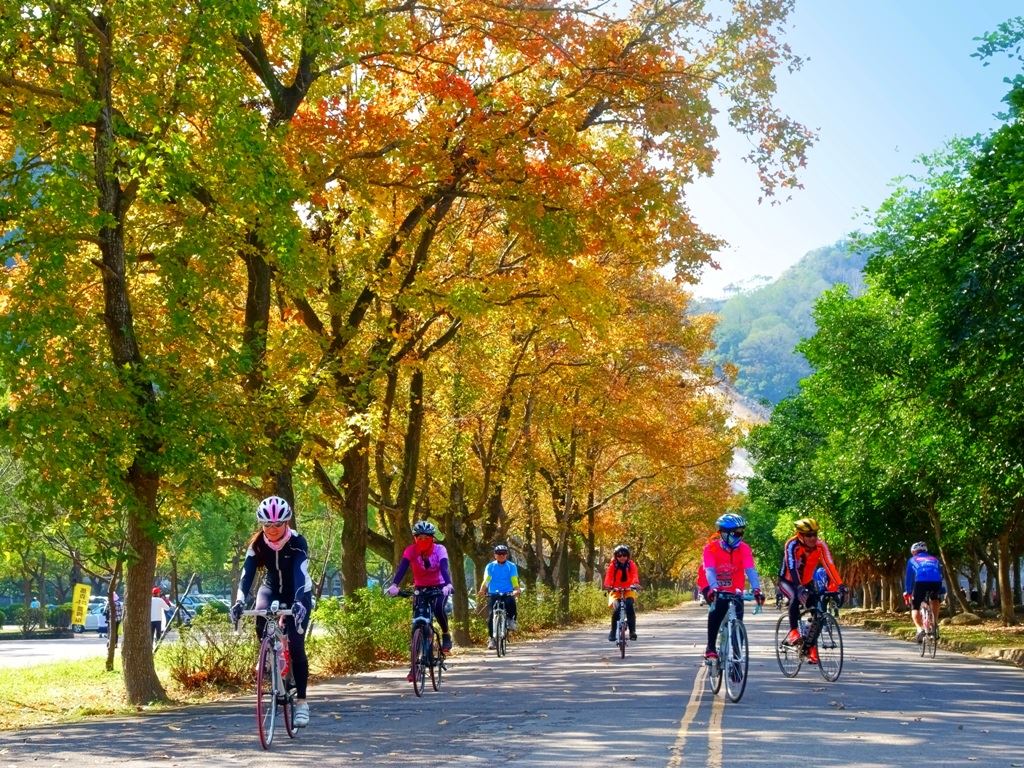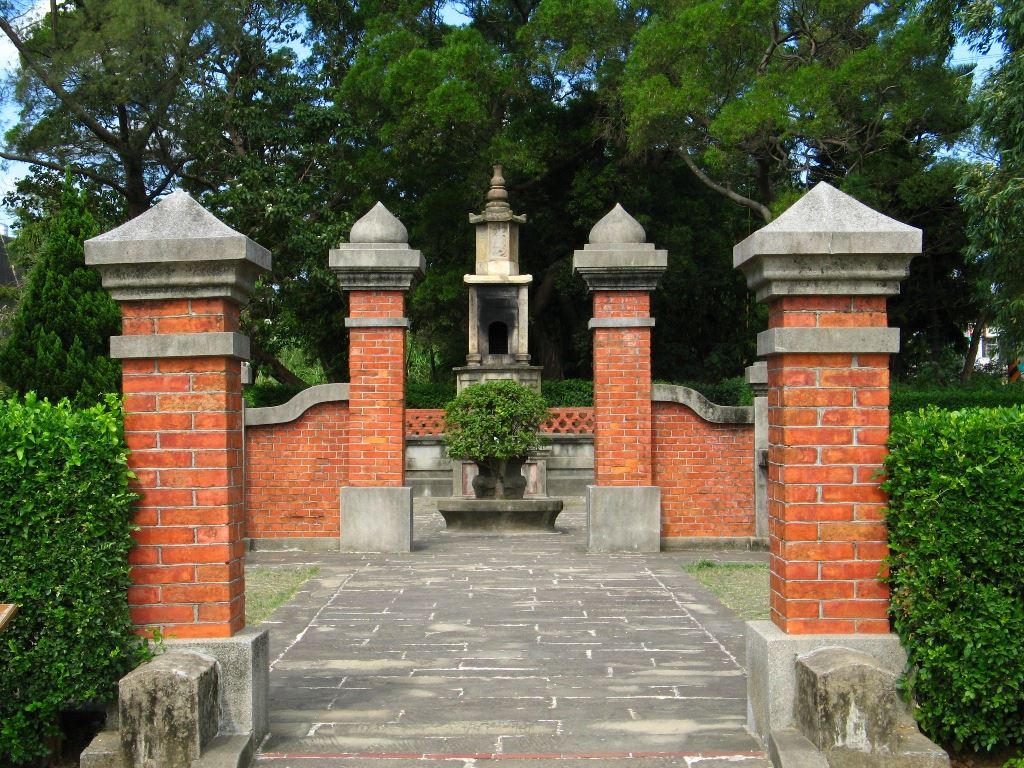Longtan District: An Emerging District for Tea and Technology
The Origin of the Name
Longtan got its name from a pond in the downtown area. The pond originally covered an area of more than about 14.85 hectares. Its surface was full of wild water chestnut. That was why the ancestors used to call it the Lingtan Pond (菱潭陂; ling meaning “water chestnut” in Chinese, and tan meaning “pond”) in the past. To the south of the pond lies a natural spring. Legend has it that there was a white stone inside the spring cave. Whenever the water level fell and the stone was revealed, it would rain. So even during the dry season, the pond would always maintain a certain amount of water and never dry up. If it had not rained for a long time, people only needed to pray for rain beside the pond to make it rain. Deeply believing in its efficaciousness, the residents began to call it the Lingtan Pond (靈潭陂; ling, with the same pronunciation, but now a different Chinese character to mean “efficacy”). Furthermore, there was the myth of a yellow dragon appearing near the pond in a stormy night; that is why its name was later changed to Longtan Pond (龍潭陂; long meaning “dragon”), and the town was thus also referred to as the Longtan Village (龍潭庄). Another version of the story is that the Chinese word for “efficacy” (靈; ling) and “dragon” (龍; long) sound similar in Taiwanese pronunciation, so Lingtan is also called Longtan.
The Geological Environment
Longtan District covers an area of 75.94105 km2. In terms of its topographical distribution, Longtan is largely situated on a plateau, the height of which is about 150 to 230 meters. The terrain is higher in the southeast and lower in the northwest. Longtan District is located at the south end of the Taoyuan Plateau. Starting from Shimen and spread out into graduated layers, the fan-shaped Taoyuan Plateau inclines to the northwest into the Taiwan Strait. As a result, the terrain of this area is higher and more complex. It can be roughly divided into two parts: the hilly area (Tongluowan Plateau and Dianzihu Plateau) and the plain area (Longtan Plateau).
With the inauguration of Freeway No. 3 and the already available roads, like Provincial Highway No. 3, it is very easy to get to Longtan District. With its geographical advantages, hilly lands with mountains rising and falling, it boasts extensive views, fresh air and dense tea gardens, which are perfect for a relaxing experience. It also boasts many attractions and historical sites, including the Shihmen Reservoir, Longtan Pond, Shengji Pavilion, Daping Red Bridge (the 53rd of Taiwan’s top 100 historical buildings), traditional Hakka villages, recreational bicycle paths, and so on. Rich in tourist attractions, Longtan District is a gifted place.

Biking alongside maple trees in Shimen

Dragon boat race on Longtan Pond

Longtan Shengji Pavilion

Longtan Daping Red Bridge
Festivals and Events in Longtan
The festivals and events which have been promoted in recent years in Longtan include: Lantern Festival Fortune God Welcoming Street Parade in February, Longtan Dragon Boat Festival, Longtan Dragon Boat Race Championship, Longtan Fireworks Night, Hakka Opera, Water Lion Dance Championship, Hakka Tung Blossom Festival in May, Longtan Pond Music and Art Festival at Holiday Plaza in July and August, and Hakka National Day in October, including activities like street parade and God welcoming events at local temples. Various kinds of art and cultural festivals are promoted all year round, combining creativity with traditional elements.
Hakka Delicacies in Longtan
Longtan District still preserves its farming landscape for growing tea, rice and other crops. The fragrance of tea and rice can be found in products such as Oriental Beauty Oolong Tea, Longquan Tea, Taoying Black Tea and Longquan Rice, which are perfect for both gift giving and one’s own enjoyment. Shimen Fresh Fish, Hakka delicacies and desserts and the seasonal agricultural product: Sankeng wild rice stem, also often attract gourmands who love Hakka foods to come, enjoy and return with contentment.